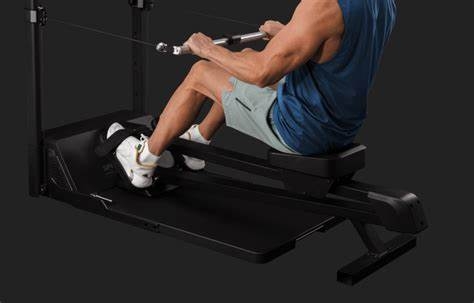CNC machining is one of the most significant breakthroughs in the manufacturing industry. Its benefits include making work more accessible and improving the quality of manufactured products. CNC is a programming software any aspiring company should look into because its vitality is necessary for production. Without CNC machining, the world could still be stuck in costly, labor-intensive production techniques. The design and mechanical parts of CNC systems are safer and more convenient than the old factory equipment people used in past decades. However, many might find it cumbersome to estimate and calculate CNC costs. This article will help you understand the factors affecting the cost of CNC machining to learn how the figures add up.
Factors to Consider When Calculating CNC Machine Costs
Before you know how to calculate china CNC machining cost, you need to know the factors that influence the prices of CNC machinery. Here are some of the elements you need to note down.
1. Material Costs
You need to understand that CNC is what machinists call a subtractive process. During production, you will end up with more material than the original material you had at the onset of production. Hence, machinists purchase the material block and calculate the cost per block. The most common materials include metals and plastics. The most common metals used are Aluminum 6061, Stainless steel 303, and Brass C630. Most machinists prefer Aluminum because it is less expensive and its compatibility with machinery is good. Plastics are more cost-effective because they take a shorter time for production.
2. The Cost of CNC Machines
This cost is typically determined by the type of machine used. There are two types of appliances used: a 3-axis machine and a multi-task machine. The 3-axis machine costs around $35- $40, and the multi-task goes for $72-$120 in the European market; although you could get a more affordable price at companies such as the Chinese LEADRP. A 3-axis will go for about $8-$10 and a multi-tasks for as little as $30. Machine pricing is affected by the number of hours it will be in production in a year. Machinists arrive at the cost by dividing machine cost by the number of hours.
3. The Labour Cost of Machining
Due to the automation of CNC machining, the labor force required will be minimal because all it needs is the cost for the design and digitization. For example, when using the 3D CAD and CNC programming design, you will require a professional designer for the input. However, you could cut down the cost by doing the design yourself, but this will need a manufacturing engineer to confirm your plans is repeatable and suggest any improvements.
4. Post-processing Costs
After the product is manufactured, assembling is required. Thereafter, assembling and transportation of the final product is needed. These two processes can be more costly due to the increase in the cost of human resources.
Conclusion
Material costs, labor costs, CNC machine costs, and post-processing costs are the factors you should consider when calculating the cost of CNC machining.









